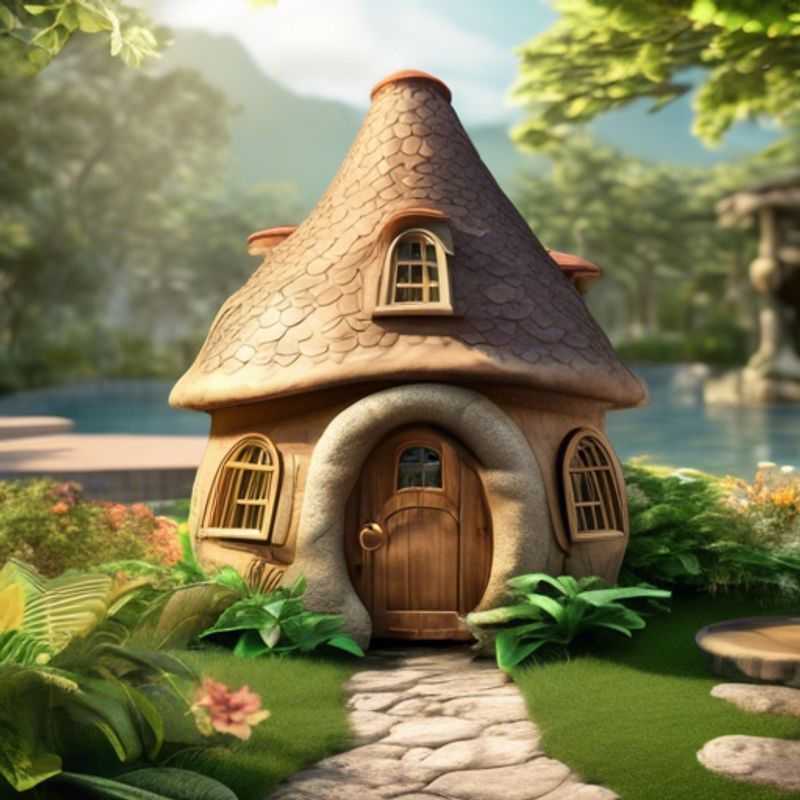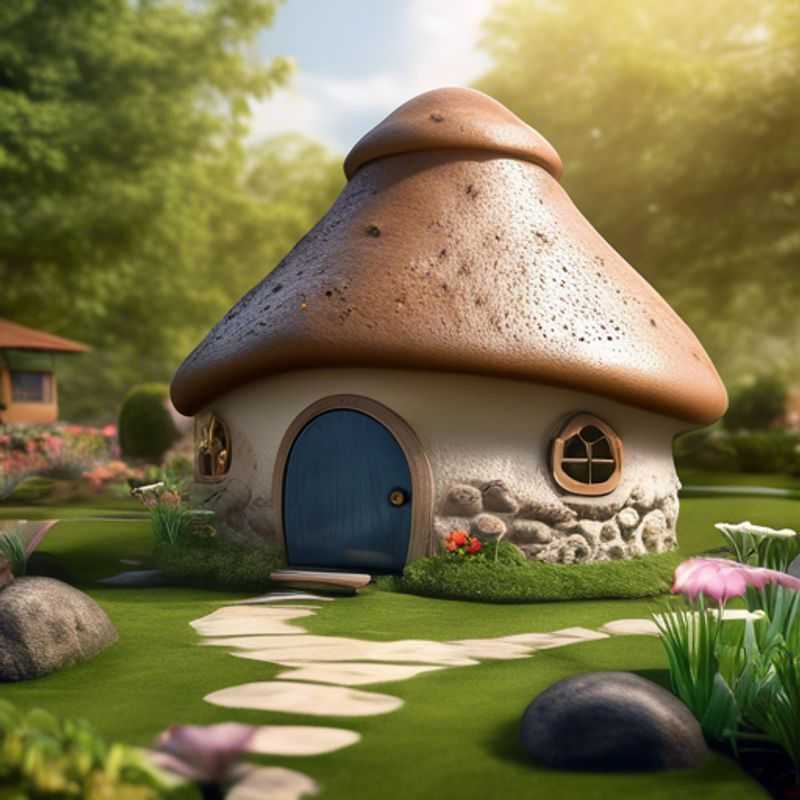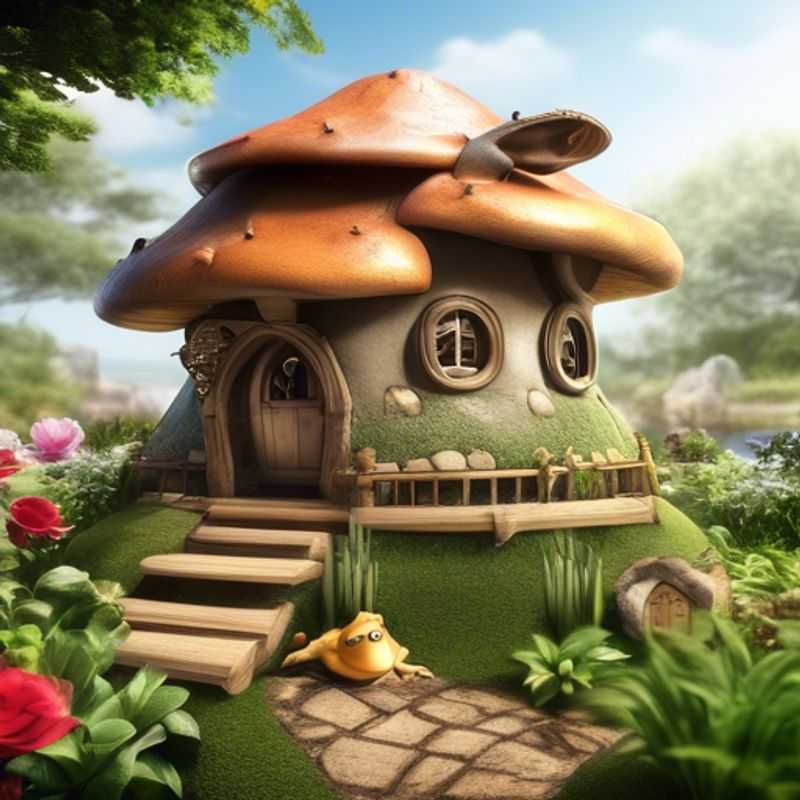Top 3 Things to Know Before Buying a Toad House for Your Garden

3 Essential Considerations for a Toad-Friendly Garden Home
Bringing a toad house to your garden is a great way to attract these beneficial creatures and support local biodiversity. However, before making a purchase, there are a few key considerations to ensure you're getting the most out of your investment. Here are the top three things to know before buying a toad house for your garden:
1. Material Matters: When choosing a toad house, prioritize durability and weather resistance.

Building a Toad House That Lasts: Choosing Durable, Weather-Resistant Materials
When building a toad house, prioritize materials that can withstand the elements. Durability and weather resistance are key. Opt for materials like pressure-treated wood, which resists rot and decay. Cedar or redwood are naturally resistant to moisture, but may require additional treatment. Avoid using untreated wood as it can quickly rot and become unusable. Metal or plastic options can also be suitable, but ensure they provide proper ventilation and insulation.
The choice of materials will impact the overall cost and longevity of your toad house. While pressure-treated wood might require an initial investment, its lifespan can be much longer compared to untreated wood. Consider the long-term cost and choose materials that offer the best value for your investment.
Remember that a well-built toad house is a valuable asset for your garden. By choosing durable and weather-resistant materials, you ensure your toad house will provide a safe and long-lasting home for these beneficial amphibians. Regular maintenance is crucial to extend the lifespan of your toad house and make it a welcoming habitat for generations of toads to come.

Toad House Design: Choosing the Right Size and Location for Your Amphibian Friends
When creating a toad house, the size and placement are crucial for attracting and accommodating the intended occupants. Larger toads require larger homes. Consider the species you want to attract; a smaller toad will be fine with a small house, but a larger toad will need a bigger one.
Placement is also crucial. Choose a location that provides shade and shelter from direct sunlight and rainfall. Ideally, the house should be placed in a moist area near a water source. This will make it more attractive to toads, who need access to water for drinking and breeding.
Consider the surrounding environment. The toad house should be placed in a natural setting, rather than a highly trafficked area. This will minimize disturbance and stress for the toads.
For an efficient and economical approach, look for materials that are readily available and affordable. Natural materials such as logs, rocks, and clay are excellent choices. Remember to provide ventilation and drainage to ensure a safe and healthy habitat.
By following these tips, you can create a welcoming and suitable toad house that will attract these beneficial amphibians to your garden, enhancing its biodiversity and natural balance.

Creating a Toad-ally Perfect Home: Hiding Spots, Water Sources, and More
To create a suitable environment inside a toad house, it is crucial to incorporate hiding spots and a water source. Toads thrive in environments that mimic their natural habitat, which includes areas for shelter and hydration. For hiding spots, consider using materials like rocks, logs, or dense foliage that can provide shade and protection from predators. These elements not only create a safe space but also help maintain a stable temperature. Additionally, a shallow water source, such as a small dish or pond, is essential for toads to stay hydrated and assist in their skin respiration. Ensure that the water is clean and free from chemicals, as toads are sensitive to pollutants. When planning your toad house, remember that the combination of these elements fosters a healthy and inviting environment, promoting the well-being of your toads. For more extensive planning, consider potential costs for materials like rocks, water dishes, and plants that can enhance the habitat.
